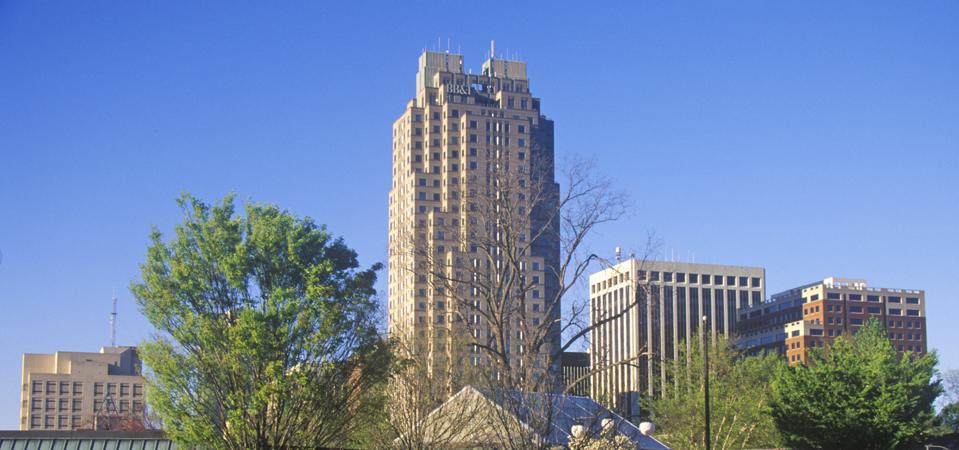
Raleigh, N.C. is among the secondary markets experiencing growing interest from foreign real estate … [+]
Universal Images Group via Getty Images
For years, the nation’s big coastal cities captured most of the interest from foreign real estate investors. But in this pandemic year, that appears to have changed. Berkadia’s Joint Venture Equity and Structured Capital Group, sourcing both domestic and foreign capital for investment in US. real estate, works with Chinese, Middle Eastern, Canadian and Israeli investors.
It is now finding more Asian and Middle Eastern investors seeking opportunities outside prime gateway markets like San Francisco and New York City.
Where are they looking? According to Berkadia, in secondary markets like Raleigh, Nashville, Charlotte and Austin, as well as larger metros such as Atlanta and Tampa Bay. This departure from tradition is likely to continue growing as a trend, due to several factors. First, jobs and in-migration are favoring secondary and Sunbelt markets. Major employers like Tesla and Oracle are moving from California to Austin, Tex, while Amazon is opening a large operation in Nashville. The moves are spurred by tax and business-friendly climates.
Second, secondary markets are increasingly being sought for their lifestyles. It is not just presence of an improved job market and major employers that makes secondary markets more attractive to foreign investors. It’s also the steady improvement in qualities that make life more enjoyable, from restaurants and culture to enhanced public transportation. Third, the COVID-induced work-from-home movement has allowed large numbers of wage earners to move from crowded, high-cost and heavily-taxed states to more affordable and less populated smaller markets. The top five gateway markets have seen many residents move to Austin or such popular Carolina cities as Charlotte and Raleigh this year. Fourth, global investors have sought multifamily real estate opportunities as a defensive strategy in a year when investment in all real estate sectors has tumbled, but investment in multifamily real estate has weathered better than other segments of the industry.
Pandemic impact
While COVID has helped make secondary markets more appealing to global investors, travel restrictions have had the effect of slowing or delaying investments. That said, more than 50 percent of the investors with whom Berkadia’s Joint Venture Equity and Structured Capital Group have talked report they plan to scout opportunities in secondary markets as opposed to gateway cities as soon as it is safe to travel again.
“For first-time partnerships in the U.S., overseas investors really need that face-to-face interaction to consummate a transaction, as they generally seek to build long-term relationships with U.S.-based groups,” says Chinmay Bhatt, who with Noam Franklin and Cody Kirkpatrick heads the team. “Our team is seeing a lot of pent-up demand from overseas capital. And once travel ramps back up, we anticipate a lot more cross-border investment in U.S. real estate, especially in the secondary markets. Overseas capital needs to have boots on the ground to really understand these new growth markets that they previously would not have considered, pre-COVID.”
MORE FOR YOU
Adds Kirkpatrick, “Everyone knows someone who has moved from a top coastal gateway market to a city or suburb in the Southeast, Texas or the Southwest this year. That population shift is translating into strong demand for multifamily in these secondary markets, and international investors are taking note.”
Deals recently completed have included a major Singapore-based real estate investor, CapitaLand, teaming up with a Texas developer to develop more than 350 new apartments in a $300 million project in Austin.
Since the pandemic’s dawn, the Berkadia team has seen interest grow in purpose-built multifamily and single-family rental, concepts that aren’t familiar to some overseas investors, Franklin observes. “We have been helping educate them, and getting them up to speed, as they plan to start traveling back into the U.S. in 2021,” he says.